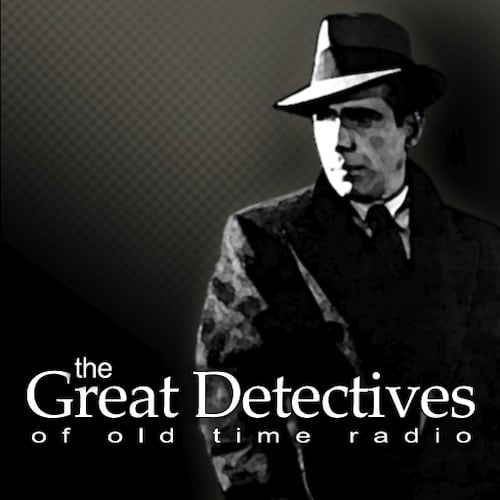Big Finish’s latest Sherlock Holmes release features a three-hour Sherlock Holmes adventure and a one-hour Christmas special.
In the titular Master of Blackstone Grange, Holmes is bored by the lack of a challenge now that Professor Moriarty is gone. However, Watson’s barber is distraught because of some strange problem he’s having with his wife. Watson sees this as a case that can get Holmes out of his doldrums. While Holmes is initially interested, that interest wanes when Moriarty’s henchman, Colonel Sebastian Moran is released from prison. This leaves Holmes unavailable when their client heads to the home of the country’s newest multi-millionaire, Honest Jim Sheedy. However, the barber has plenty of company as all the country’s great men are coming together at Blackstone Grange. But why?
The plot of this story borrows a lot from other Doyle work. The story pays homage to both The Valley of Fear and Hound of the Baskervilles. Yet, this doesn’t stop the story from having its own original plot and mystery but helps to set up the story and give it a sense of authenticity.
The performances are solid as usual. Nicholas Briggs is a very good audio Holmes, able to adjust his performance to capture different aspects and eras in Holmes life. Here, he manages to play mostly to Holmes’ melancholy and do so quite skillfully. Richard Earl is the consummate Watson, and in this story, we get to see a little of the widowed Watson. The rest of the cast is very competent, but Harry Peacock deserves special praise for his performance as one of the villains, Honest Jim Sheedy. Peacock is able to play Sheedy alternately as charming and menacing in ways that are equally convincing.
In The Fleet Street Transparency, Sherlock Holmes gets a mystery at Christmastime of a columnist who complains about his columns being edited before they appear in the paper. He doesn’t want to take the case at first but relents out of curiosity when a thug is hired to threaten him into doing it.
This is not a great Holmes story but it is pretty good. The solution doesn’t tax Holmes’ brainpower much, but it has a unique ending. What does make it worth listening to is the general authenticity of the script. There are moments that feel positively like it’s out of canon. A couple moments take you out of that, such as Holmes and Watson passing judgment on their client’s political views. However, it maintains authenticity far more often than not. Briggs and Earl turn in another solid performance. The story is sure to be a fun Christmas listen.
Both stories feature superb music by Jamie Robertson which captures both the feel of the era and the respective seasons.
Overall, this is another solid box set from Big Finish.
Rating: 4.25 out of 5
If you enjoyed this post, you can have new posts about Detective stories and the golden age of radio and television delivered automatically to your Kindle.
This post contains affiliate links, which means that items purchased from these links may result in a commission being paid to the author of this post at no extra cost to the purchase
